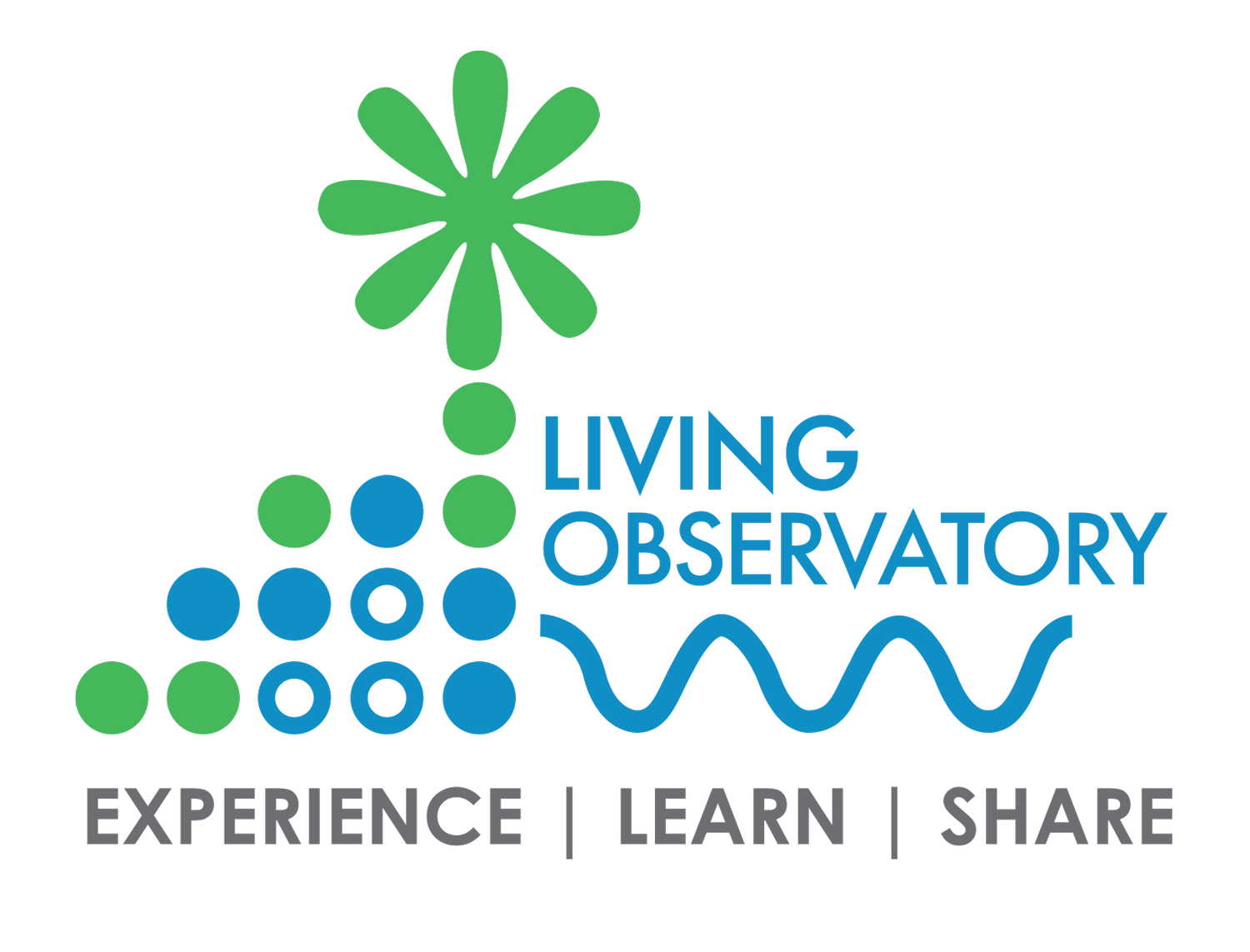11 Oct, 2014 Author: administrator
credit: Paul Williams
Harvest time has arrived. In addition to harvesting cranberries, we are out scouting for fruits and seeds. A neighbor, who had joined us for a seed collection workshop last weekend, sent us this wistful image of common milkweed (Asclepias syriaca) seeds exploding out of the pod - poised to take flight, promising to find a patch of soil or to the Tidmarsh seed bank for future survival.
No matter how glorious sight, common milkweed, as its name implies, is to common for us to collect. Thanks to our botanists, Irina Kadis and Alexey Zinovjev, we can go after seeds of species that are less common or seeds we need to collect in bulk to help jump start the transitional areas post restoration incursion. In the category of rarer species, they were able to harvest some seed pods from purple pitcher plants (Sarracenia purpurea). These pods are true art works with many seeds packed in. As Irina and Alexey note these carnivorous plants only survive in the harshest of environments - sphagnum peat bogs. Explore the life cycle of this plant through photos posted on their amazing website , http://www. salicicola.com. Go to the "photo search engine" and type "Sarracenia" in the line "genus name contains"; page through the photos by clicking on the forward arrow. Really, try it out now
Alexey marks Crocanthemum dumosum patch
Meanwhile our researchers continue to collect data. We are delighted that the Tidmarsh property supports deep and enjoyable learning. While sampling soil moisture can be wet and mucky, it is always fun. Christine Hatch (University of Massachusetts - Amherst) is helping us build a soil moisture database; soil moisture is one of the critical indicators of wetlands, and hence an important metric for success of the over all restoration. Kate Ballantine's students from Mt Holyoke College are busy analyzing data collected this summer and have just launching a new study about the impact of bio char on restoration sites. More samples
In the field credit:hatch
Knowledge sharing is key to bring up the next generation of scientists and practitioners. Sean McCanty (working with Alan Christian at University of Massachusetts - Boston) holds an impromptu workshop while collecting samples calculate whole stream metabolism. Jon Woodruff's sedimentology class at University of Massachusetts - Amherst spent an overnight collect more cores which we hope will provide further information about the groundwater-peat interface at Tidmarsh and also take cores in Bartlett Pond, where Jon is studying past inundation events. Brian Mayton (MIT Media Lab Responsive Environments Group) is deploying more sensors to enrich the data sets accessible through Virtual Tidmarsh. On a recent, outing Gershon harvested a few cranberries to take back to the lab.
Sean leads interns through the collection process
Gershon takes a break
Students at the ready
Meanwhile Danielle Hare puts the finishing touches on her Master's Thesis, "Hydrogeological Control on Spatial Patterns of Groundwater Seepage in Peatlands". Congratulations Danielle and thank you. Your hard work and thoughtful analysis brought together in a document not only influence our design but also provide an insightful basis for Living Observatory's future outreach and educational programing.
Alex Hackman(DER) continues as the most ardent champion of this project; he often begins a tour at Eel River, so people can more clearly envision the outcome of the Tidmarsh restoration. Together Alex and Eric Hutchins from NOAA, will be on site Saturday November 1 at 8:30 AM to help with a clean up of the Fresh Pond Connector. Volunteer for this event and you will help our cause, while having fun and spending quality time with two enthusiastic champions of this restoration. See you at 8:30 at the bridge on Bartlett Road!!!
Alex introduces restoration at Eel River







